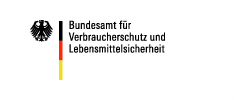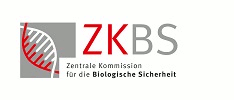Details zum Onkogen
| KLB und shRNA* | |
| klotho beta, BKL | |
| Homo sapiens | |
| fibroblast growth factor binding protein, Enables fibroblast growth factor binding activity and fibroblast growth factor receptor binding activity. Predicted to be involved in fibroblast growth factor receptor signaling pathway. Predicted to act upstream of or within positive regulation of MAPKKK cascade by fibroblast growth factor receptor signaling pathway and positive regulation of cell population proliferation. Increases the ability of FGFR1 and FGFR4 to bind FGF21. | |
| ohne Gefährdungspotential | |
| Overexpression of KLB in human prostate cancer cell lines (C42B, DU145, PC3, and 22Rv1 cell lines) promoted prostate cancer proliferation. Vice versa, knockdown of KLB in these cell lines led to reduced cell growth and colony formation [1]. KLB-silencing in a hepatocellular carcinoma cell line (Huh7) decreased cell proliferation [2]. CRISPR inactivation of KLB in Huh7 cells xenografted subcutaneously into nude mice reduced tumor growth [3]. The expression of KLB was down-regulated in human hepatocellular carcinoma tissues compared with that in paired adjacent nontumourous liver tissues. Reintroduction of βKlotho into hepatoma cells inhibited their proliferation [4]. KLB expression was decreased in non-small cell lung cancer (NSCLC). Overexpression of KLB suppressed the proliferation of a NSCLC cell line (A549 cells) [5]. Die ursächliche Beteiligung an der Entstehung von Tumoren ist nicht gezeigt. | |
| [1] Wu, T. et al., Oncogene, 2023, 42 (38), 2801–2815. doi: 10.1038/s41388-023-02807-2. [2] Poh, W. et al., Mol Cancer, 2012, 11, 14. doi: 10.1186/1476-4598-11-14. [3] Tao, Z. et al., Proc Natl Acad Sci U S A, 2022, 119 (40), e2208844119. doi: 10.1073/pnas.2208844119. [4] Ye, X. et al., PLoS One, 2013, 8 (1), e55615. doi: 10.1371/journal.pone.0055615. [5] Zhou, J. et al., J Thorac Dis, 2021, 13 (5), 3137–3150. doi: 10.21037/jtd-21-798. | |

